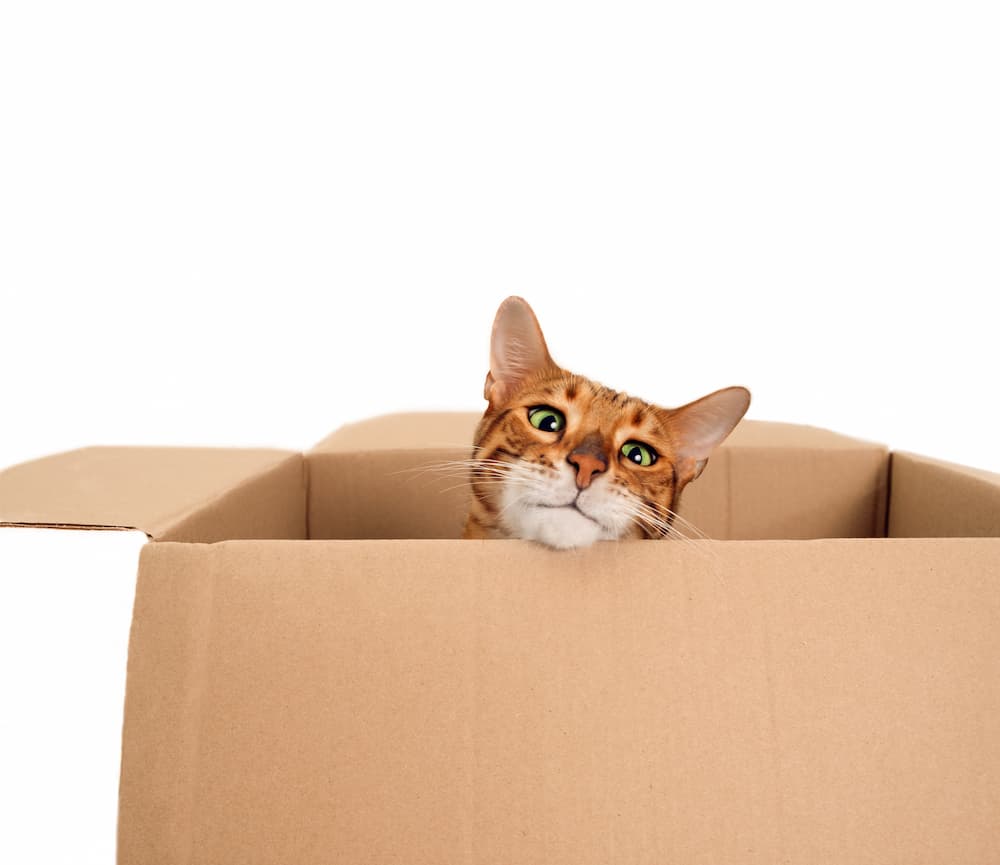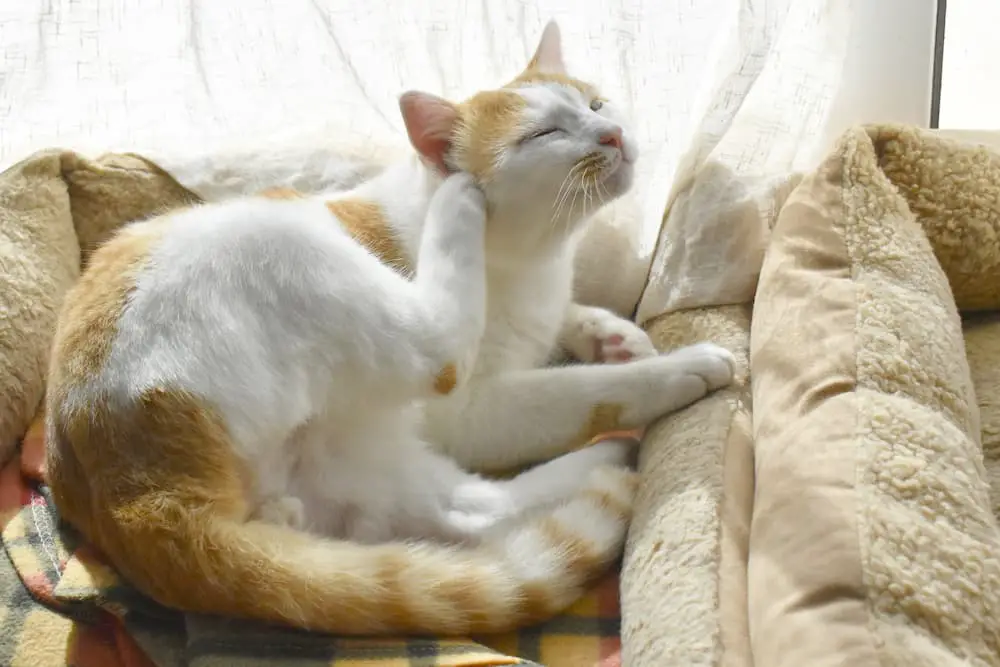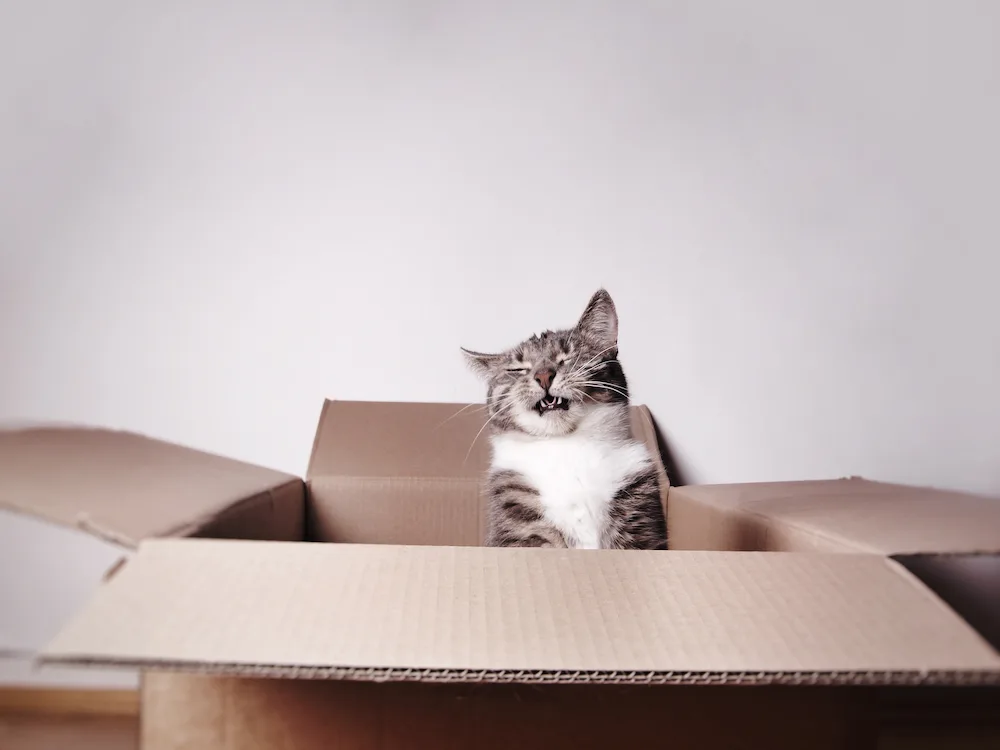
When you bring a new dog into the home, your resident cat might become slightly alarmed without the proper preparation, and understandably so. Cats and dogs have a reputation for being enemies, so it’s important to start things off on the right track so that you can have a harmonious home for years to come.
Keeping your cat calm, along with the dog too, is vital, but before we go into too much depth on that, here’s what you need to know when it comes to introducing a new dog to a resident cat…
Firsts Things First
Make sure you have a safe space for your cat that your pooch is unable to gain access to. Ideally, choose a space that you know your cat will feel safe in so that they can go there and have a ‘time out’.
You might want to put all of their essentials in that space such as the litter tray, bed and food tray just so that they won’t get stressed about venturing into another area.
It’s also well worth considering the high places that your cat can access to nice and easily. They have an innate desire to rest and hide away in these types of high places, which can come in handy during the introduction period.
Use a Dog Crate

A dog crate is very useful, particularly if your dog’s already been crate trained. You can utilize the crate and factor it in as part of the introduction process, notably when you’re unable to supervise your dog directly.
Give the dog some practice at using a crate beforehand if they haven’t used one previously; this will make things run even more smoothly.
Pre-Introduction
When your new dog arrives home, don’t go straight for a face-to-face with your pets. Instead, do some scent swapping; this will help each of your pets to become accustomed to the other.
To carry out the scent swap, simply collect scents from the new dog’s head using a soft cloth and then use that to dab the scent around your home and furniture. This will blend with your cat’s existing scent and help them to realize that there is a new animal in the house, but without any danger attached to it.
You can also swap their bedding so that they both get some smells of the opposite scent.
Ideally, give it a few days before the pets physically meet each other as this will give them time to get used to the new scent.
Initial Introductions
Your pets know the scent of the other now and it’s been a few days, so now you can think about beginning an initial meeting. Just bear in mind that your cat should have access to an easy route back to the safe area we touched on previously.
Keep the pup on a lead in case they get a bit too excited, or take them for a walk beforehand so that they have used up some energy and they’re calm.
No chasing should be permitted by either pet, especially if the dog tries to chase the cat as this is a very threating thing for a cat, regardless of the dog’s intentions. A chasing habit can be tricky to stop, so simply don’t let it happen from the start.
It’s often more advisable to let the cat approach the dog in its own time, simply because the majority of cats tend to spend a while observing and will take their time to choose when to approach. Don’t rush things, as this can bring about unnecessary stress for you, the cat and the dog.
For pups who lean towards barking, you should try to distract them from this with some treats and then take them away from the situation. The same goes for if they begin to stare at the cat for a prolonged period.
Remember to offer out lots of praise and treat your pooch for their good behavior. Reinforcing the fact that they are behaving well will only help in future.
Lastly, in terms of the initial meeting, keep it short at around a few minutes, to begin with, if all goes well, and try to finish up on a positive note.
If either pet appears scared then keep them apart for some more time and just keep scent swapping before trying again in a day or two. The most important thing is to bed them in slowly to the new living arrangements as this will help to boost confidence and lower excitement (mostly in the dog).
Moving Forward

Once things are settled in, allow your pets to interact more freely while ensuring that they are friends but just take extra care and remain vigilant.
Remember, each pet has an individual personality, just like a human, and will, therefore, behave differently. This means working at a pace that suits all concerned. The process could take days or a couple of months, but if you take things gradually and carefully your cat and dog will be able to live together in harmony.
About the Author
Angie Hill is a dog lover and a professional writer based in Atlanta, GA. She works at Woof Dog as the Editor, her mission is to bring you advice on how to care for your beloved, furry companions. You’ll find Angie happiest in the great outdoors with her two dogs, Nora and Ernie.







